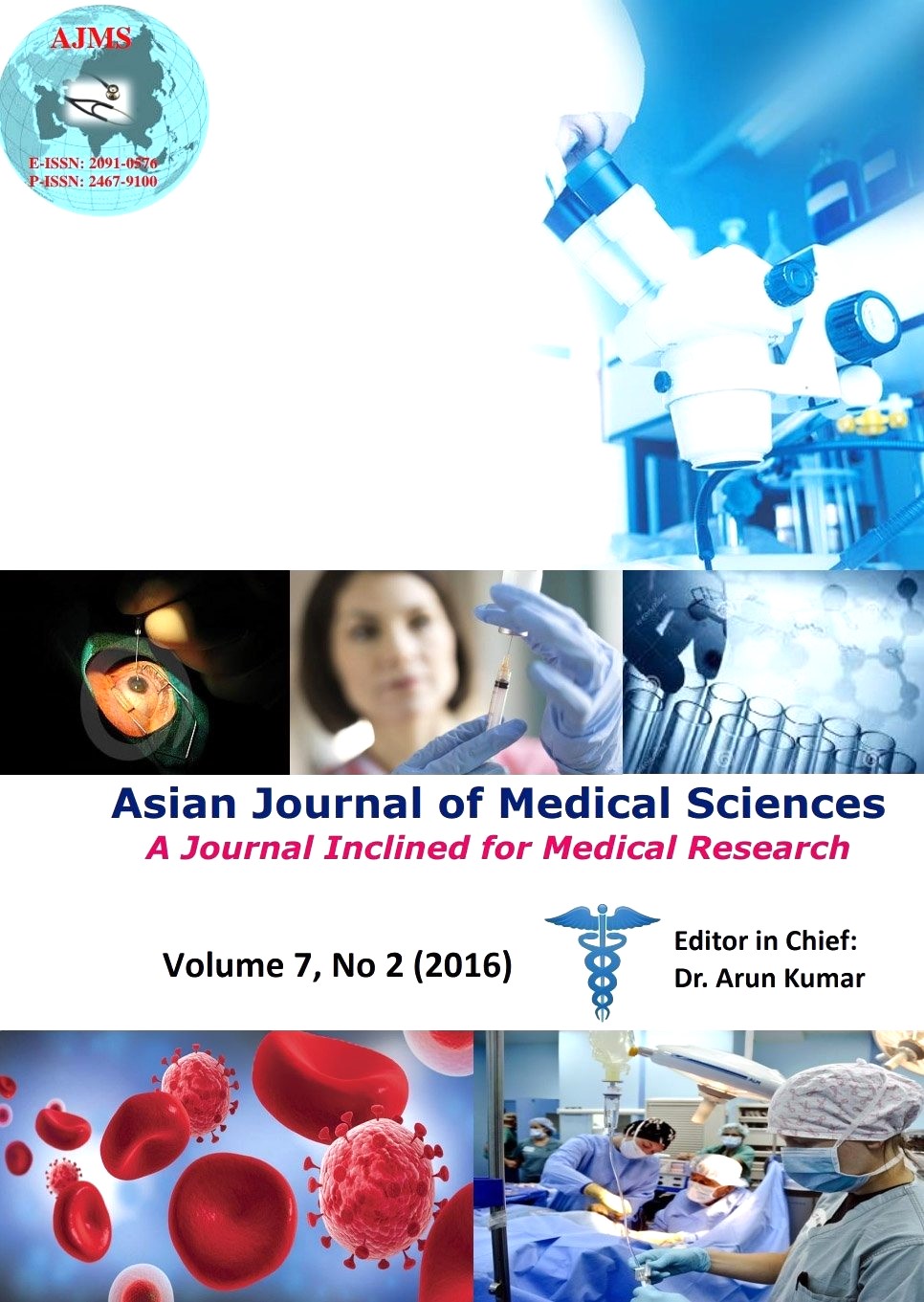Investigating the factors affecting the transition rates between states of neonatal hypothermia using markov model
Keywords:
Neonatal care, neonatal weight, environmental temperature, multi state Markov models, transition rateAbstract
Background: At birth, the wet neonate is suddenly confronted with a cold and dry weather and reacts to this new situation by increasing heat production. Hypothermia is an important determinant of the survival of newborns, especially among low-birth-weight babies. Prolonged hypothermia leads to edema, general hemorrhage, jaundice and death.
Aims and Objectives: the aim of this observational longitudinal study is to examine effective factors on passing the hypothermia state.
Materials and Methods: In this study rectal temperature was measured immediately after birth and every half hour after that for 439 neonates, until they passed hypothermia stage. The rate of transition between states of neonatal hypothermia and effect of covariates, newborn baby birth weight, Apgar score and environmental temperature on it is estimated by multi state Markov model.
Results: Newborn baby weight and environmental temperature were significant effect on transition rate from mild to normal hypothermia, too, but the Apgar score effect was not significant. Mean sojourn times in mild hypothermia state for three birth weight levels, very light, light and normal are 38, 29 and 22 min respectively. In addition, in the environmental temperature over 28 ºC, the average time in which the neonate remained in mild hypothermia state was shorter than that in the environmental temperature below 28 ºC (29 vs. 38 min).
Conclusions: Since the birth weight is not under the control of the health personnel, keeping a suitable thermal environment for the newborns results in a faster change from hypothermia to a normal state. Therefore, training in this area is of enormous importance.
Asian Journal of Medical Sciences Vol.7(2) 2015 34-38
Downloads
Downloads
Published
How to Cite
Issue
Section
License
Authors who publish with this journal agree to the following terms:
- The journal holds copyright and publishes the work under a Creative Commons CC-BY-NC license that permits use, distribution and reprduction in any medium, provided the original work is properly cited and is not used for commercial purposes. The journal should be recognised as the original publisher of this work.
- Authors are able to enter into separate, additional contractual arrangements for the non-exclusive distribution of the journal's published version of the work (e.g., post it to an institutional repository or publish it in a book), with an acknowledgement of its initial publication in this journal.
- Authors are permitted and encouraged to post their work online (e.g., in institutional repositories or on their website) prior to and during the submission process, as it can lead to productive exchanges, as well as earlier and greater citation of published work (See The Effect of Open Access).




